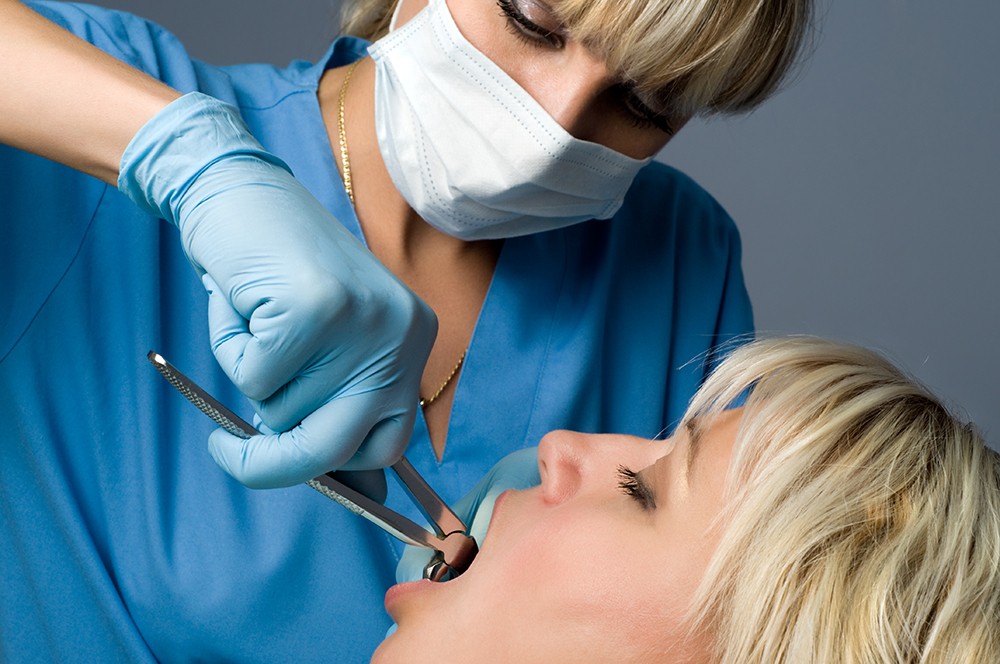Blog
Dental hygiene tips for healthy teeth & gums

Dentists successfully extract stem cells from third molars
LAS VEGAS, U.S.: Few discoveries hold as much promise of single-handedly expanding medical treatment options as stem cells do. Now, researchers have developed a new method for extracting tooth root pulp that quadruples the number of stem cells that can be harvested and replicated to treat a variety of medical conditions.
Miraculously able to act as transformers—either recreating or morphing into a variety of cell types found within the organisms they originate from—stem cells offer humanity hope for new, more effective therapies against a number of chronic and terminal diseases. And finding them is surprisingly easy.
“Stem cells can be extracted from nearly any living tissue,” said Prof. James Mah, Director of the Advanced Education Program in Orthodontics at the University of Nevada, Las Vegas (UNLV). “In fact, stem cells can even be found in tissues of the deceased.” However, there is a catch: “The biggest challenges with stem cells are gathering enough of them to work with and keeping them viable until they are needed,” Mah explained.
Along with Prof. Karl Kingsley, Director of Student Research at UNLV, and a few dental students, Mah decided to take on this challenge and subsequently developed a new method for extracting large numbers of stem cells they could then preserve from a surprisingly abundant source: third molars.
“More and more adults—approximately 5 million throughout the country—have their wisdom teeth, or third molars, removed,” Kingsley said. “Extracting teeth is relatively common among patients undergoing orthodontic treatments. And the majority of those teeth are healthy, containing viable tooth root pulp that offers opportunities for reproducing cells that have been damaged or destroyed by injuries or disease.”
Recovering cells from the tooth root pulp was a difficult task, Mah remembered. Eventually, Happy Ghag, then a dental student working with Mah and Kingsley on the project, approached UNLV mechanical engineers Dr. Mohamed Trabia and Prof. Brendan O’Toole to discuss fracture analysis. Together, they invented a device that cracks teeth in half with a success rate of 100 percent.
Having solved the challenge of accessing the root pulp, the researchers sought to determine how many viable stem cells they could recover from the fractured teeth. To this end, Mah and Kingsley dyed 31 fractured teeth pulp samples to highlight any viable stem cells the teeth contained. Dead cells would turn blue when exposed to the dye and living cells would appear clear. Under the microscope, 80 percent of their extracted cells remained clear after the dye was introduced. Average pulp recovery rates employing common extraction methods (such as shattering and drilling) come in at around 20 percent, according to Mah.
“Saying the test results were promising is a gross understatement,” Mah said. “We realized we’d invented an extraction process that produced four times the recovery success rate for viable stem cells. The potential application is enormous.”
Next, the team isolated the stem cells from the rest of the root pulp. The researchers harvested cells from the pulp and cultured them on a petri dish. Once the cells had covered the dish, they split the culture in half and repeated the process between ten and 20 times. Normal cells within the body typically die after ten replications or passages, whereas stem cells can replicate indefinitely, according to Kingsley. By the end of the culturing, all nonstem cells had expired. Kingsley captured the remaining stem cells and collected their RNA, which is converted into proteins that become biomarkers his team could use to characterize each stem cell type and its respective rate of replication.
Kingsley indicated that the next logical step in this research would be to test stem cells in humans to treat chronic illnesses such as Alzheimer’s or Parkinson’s disease. He added that the research team’s subsequent task will be to collect and store the stem cells in a reliable way so that they can be used when needed.
“The work Dr. Kingsley and I are doing is part of a paradigm shift,” Mah said. “Our fracturing process could hasten the collection and cryogenesis process, thereby preserving a high stem-cell count that furthers research into how using these cells can aid healing and potentially cure diseases.”
Editorial note: This study was published as a sneak preview of the 2017 issue of research magazine UNLV Innovation.
Book Appointment to find out which treatment might be best for you.


